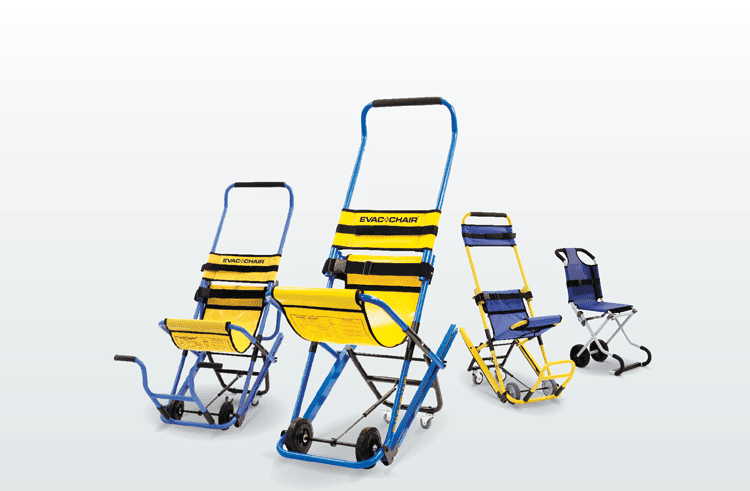RIDDOR stands for the Reporting of Injuries, Diseases and Dangerous Occurrences Regulations 2013. This piece of legislation requires employers and people in charge of workplace premises to report and keep records of all:-
- Work-related fatalities.
- Work-related injuries.
- Diagnosed cases of reportable occupational disease and
- Certain dangerous occurrences (incidents with the potential to cause harm)
The purpose of RIDDOR is to inform the relevant authorities that a work-related accident or incident has happened so that the local authority and/or the Health and Safety Executive (HSE) can investigate and determine if there has been any breach of health and safety law.
The primary objective of the 2024 updates is to help users quickly and easily determine if a RIDDOR report is needed and to make the forms easier to use. An additional aim is to have more accurate statistics surrounding reportable incidents as at present, it is believed that many incidents are either being reported when there is no requirement and/or incidents that should be reported are not.
The updates have been made to the reporting process and therefore no legal changes have been made. Here are the key changes:
- Enhanced Guidance: The Health and Safety Executive (HSE) has provided clearer explanations on who should report incidents, what constitutes a work-related accident, and when an occupational disease or over-seven-day absence should be reported. This enhancement helps to remove confusion and ensures that only the “responsible person” is submitting reports. The enhanced guidance includes more examples of reportable incidents and improved definitions. The examples and definitions of reportable occupational diseases is crucial for those industries in which employees are at greater health risks.
- Reorganised Reporting Forms: The online reporting forms have been redesigned to prioritise questions about the severity of injuries at the beginning. This helps users quickly determine if an incident is reportable. Additionally, the forms now feature pop-up messages in real time to guide users and prevent unnecessary reports. These messages provide clarification and reduce the likelihood of errors or incomplete information being submitted, which can delay the processing and response times.
- Inclusivity in Gender Reporting: The forms have been updated to include a wider range of gender options, reflecting broader social changes and ensuring inclusivity. This change reflects diverse identities and ensures data is in line with current norms whilst respecting equality and diversity in a non-discriminatory manner.
- Direct Links and Clarifications: More direct links to guidance and improved clarity on various aspects, such as what is considered a reportable occupational disease and the responsibilities of the reporting person, have been added to facilitate the reporting process.
These updates are designed to streamline the reporting process, reduce errors, and enhance the overall effectiveness of data collection and workplace safety management.
Need advice on Health & Safety? Call us on 033 33 215 005





